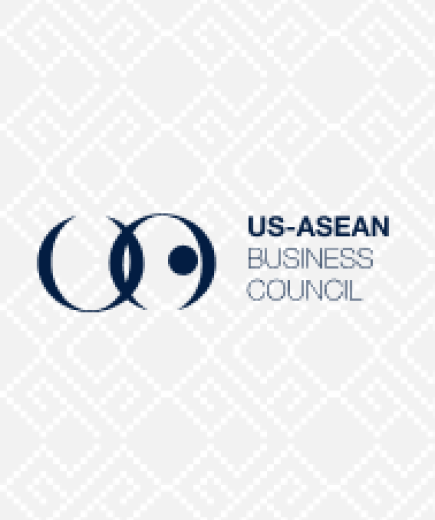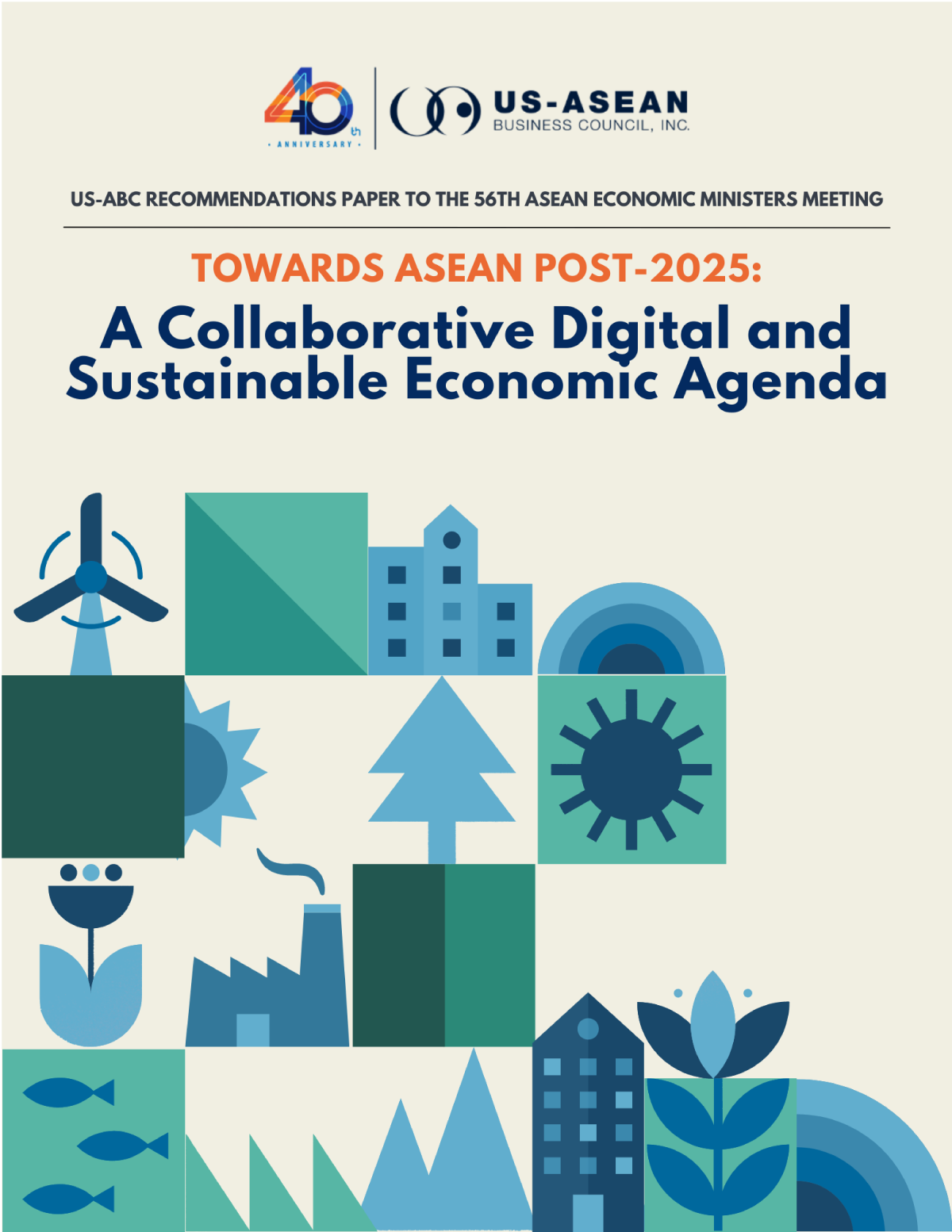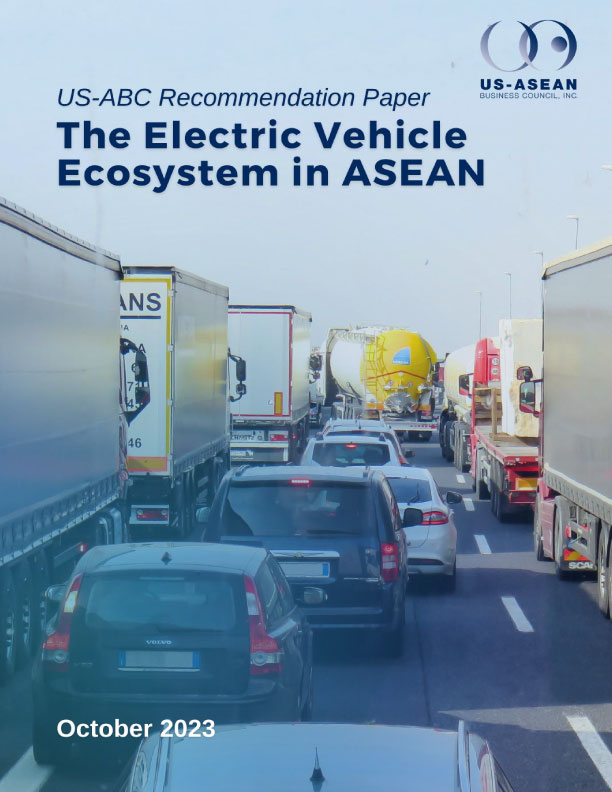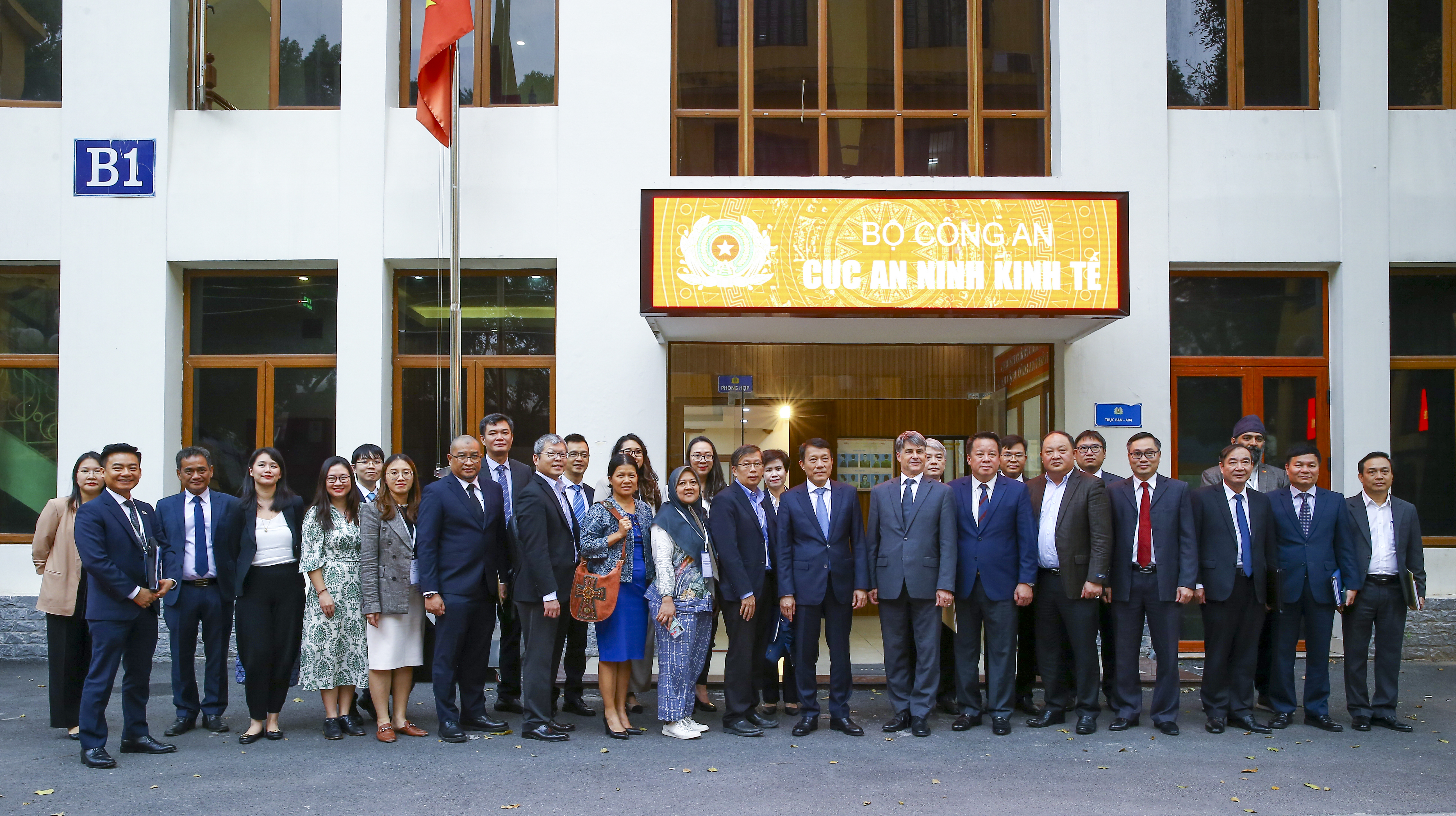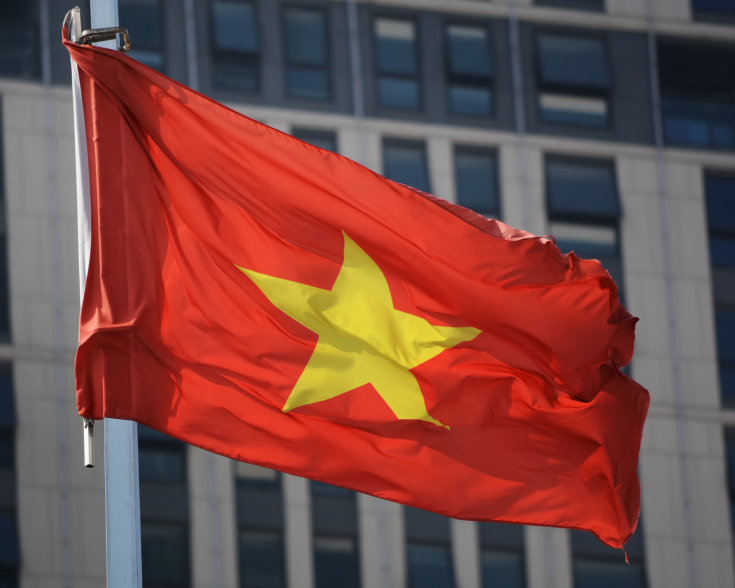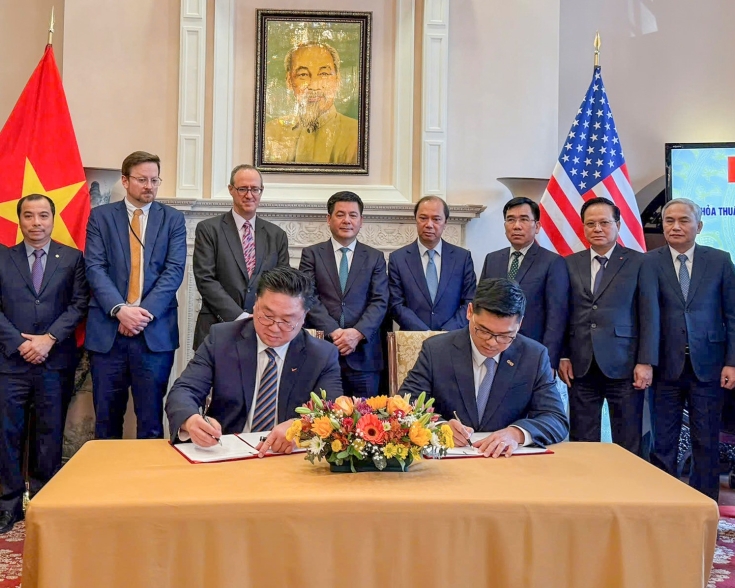Vietnam Issues National Energy Master Plan and Infrastructure Plan for Oil and Gas Reserves and Supply

On July 26, Deputy Prime Minister Tran Hong Ha endorsed the National Energy Master Plan for the 2021-2030 period with a vision to 2050 (Decision 893/2023/QD-Ttg). This decision following the approval of the Power Development Plan VIII (PDP8) in May and the issuance of Decision 861 on National Infrastructure Plan for Oil and Gas Reserves and Supply for the 2021-2030 period, with a vision to 2050, on July 18 (Decision 861/2023/QD-Ttg) adds greater clarity to the priority objectives of Vietnam’s national energy strategy and ecosystem for energy infrastructure development.
The National Energy Master Plan outlines strategies across the energy sector, encompassing oil, gas, coal, and renewables, with a focus on ensuring energy security, stable energy supply and reducing carbon emissions. The plan sets specific goals for oil, natural gas, coal, and renewable energy supply and production, including lists of prioritized projects. By 2030, renewables are projected to account for 15-20% of Vietnam’s power supply, potentially rising to 80-85% by 2050. These targets involve reducing greenhouse gas emissions (by 17-26% by 2030 and 90% in 2050), increasing green hydrogen production, scaling up electricity exports, expanding solar and biofuel utilization, advancing synthetic fuel production, alongside efforts to expand carbon capture and storage solutions.
Meanwhile, according to the National Infrastructure Plan for Oil and Gas Reserves and Supply (Decision 861), Vietnam aims to increase crude oil and refined fuel storage capacity to 75-80 days of net imports by 2030 and 90 days by 2050. The plan involves significant investments of up to US$11.4 billion to enhance existing oil and gas storage warehouses, develop crude oil reserve infrastructure, constructing pipelines for LNG, LPG, and more, to meet fuel demand for energy, fertilizer, industry, and transportation. Currently, Vietnam has 217 oil storage warehouses and 57 liquefied petroleum gas (LPG) storage warehouses.
To achieve these goals, Vietnam intends to leverage international platforms such as Just Energy Transition Partnership (JETP) and Asia Zero Emission Community (AZEC), developing sustainable energy infrastructure, and improving mechanisms for energy saving and efficient energy usage. This creates opportunities for foreign investors to fund energy infrastructure projects, exemplified by the recent US$1.3 billion investment package from AES and PetroVietnam Gas JSC for the Son My LNG Terminal Warehouse Project in July.
